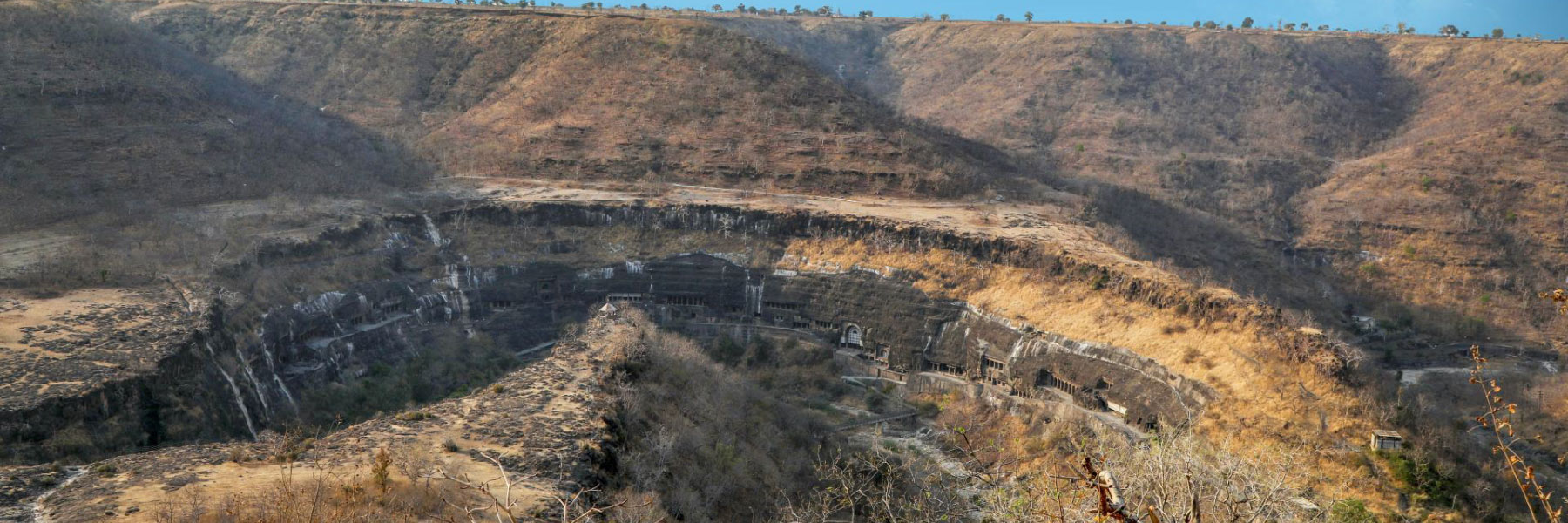
Sorry, we couldn't find anything that matches your search.
Destination

Famous Places to Explore in Hyderabad
A vibrant city with the imposing...

Raipur Tourist Places | Best Place to Visit
The stronghold of several erstwhile...

Ahmedabad
Declared as India's first UNESCO World...
#
Located about 107 km from Aurangabad, the UNESCO World Heritage Site of Ajanta Caves are a famous cluster of 32 Buddhist caves. The rock-hewn caves at Ajanta are either chaityas (shrine), chapels or prayer halls, or viharas (monasteries) or residential cells.
Caves 9 and 10 are chaityas, which contain the earliest known remnants of paintings in India. Caves 19, 26 and 29 are chaityas of the Mahayana period and all the other caves are viharas. Ajanta displays the Gandhara and Mathura schools of art from the Kushana period; the Sarnath school of art from the Gupta period; and the Amaravati school of art from the late Satavahana and Ikshvaku periods.
The Ajanta paintings recount the life of Lord Buddha, including his previous earthly experiences and the Jataka tales. The caves are divided into two chronological phases, the early Buddhist caves (2nd century BCE to 1st century CE) and the Mahayana caves (5th century CE).
Since Ajanta is located on the ancient trade route of Dakshinapatha, the early phase of Ajanta was funded mostly by traders. The second phase received patronage from the Vakatakas. Stories of these donors are inscribed and painted. The narrative murals about Lord Buddha, Avadana stories of Bodhisattva, Jataka stories and panels based on Mahayana themes from Vipulya Sutras are extremely interesting. The monasteries were in operation till 8th century CE but were lost and forgotten till 1819.









